Rising Demand for Flexible Electronics
The increasing demand for flexible electronics is a pivotal driver in the Conductive Polymers Market. As consumer electronics evolve, the need for lightweight, flexible, and durable materials has surged. Conductive polymers, known for their excellent electrical conductivity and mechanical flexibility, are being integrated into various applications such as wearable devices, flexible displays, and smart textiles. Market data indicates that the flexible electronics segment is projected to grow at a compound annual growth rate of over 15% in the coming years, further propelling the demand for conductive polymers. This trend suggests that manufacturers are likely to invest more in research and development to enhance the properties of conductive polymers, thereby expanding their applications in the electronics sector.
Advancements in Healthcare Technologies
The healthcare sector's rapid evolution is driving the Conductive Polymers Market forward. Conductive polymers are being increasingly employed in medical devices, biosensors, and drug delivery systems due to their biocompatibility and electrical properties. The integration of these materials into healthcare technologies enhances the performance and functionality of devices, leading to improved patient outcomes. Market data suggests that the medical device market is projected to grow at a rate of around 10% annually, which may result in heightened demand for conductive polymers. This growth indicates that manufacturers are likely to explore new applications and innovations in conductive polymers, thereby expanding their footprint in the healthcare industry.
Growth in Renewable Energy Applications
The transition towards renewable energy sources is significantly influencing the Conductive Polymers Market. Conductive polymers are increasingly utilized in solar cells, batteries, and fuel cells due to their lightweight and efficient conductive properties. The global push for sustainable energy solutions has led to a marked increase in the adoption of these materials in energy storage and conversion technologies. Recent market analyses reveal that the renewable energy sector is expected to witness a growth rate of approximately 20% annually, which could lead to a substantial rise in the demand for conductive polymers. This trend indicates a promising future for manufacturers who are focusing on developing innovative conductive polymer solutions tailored for renewable energy applications.
Emerging Applications in Automotive Industry
The automotive industry's shift towards electric vehicles and advanced driver-assistance systems is propelling the Conductive Polymers Market. Conductive polymers are being utilized in various automotive applications, including sensors, displays, and battery systems, due to their lightweight and conductive properties. The growing emphasis on reducing vehicle weight and enhancing energy efficiency is driving the adoption of these materials. Market forecasts indicate that the electric vehicle market is expected to grow at a compound annual growth rate of over 25% in the coming years, which could lead to increased demand for conductive polymers. This trend suggests that manufacturers may need to adapt their product offerings to cater to the specific needs of the automotive sector.
Increased Investment in Research and Development
Investment in research and development is a crucial driver for the Conductive Polymers Market. As industries seek to innovate and improve the performance of conductive polymers, significant funding is being allocated to R&D initiatives. This investment is aimed at enhancing the properties of conductive polymers, such as conductivity, stability, and environmental resistance. Recent trends indicate that R&D spending in the materials science sector is expected to increase by approximately 12% over the next few years. This surge in investment suggests that companies are likely to focus on developing next-generation conductive polymers that can meet the evolving demands of various industries, including electronics, energy, and healthcare.
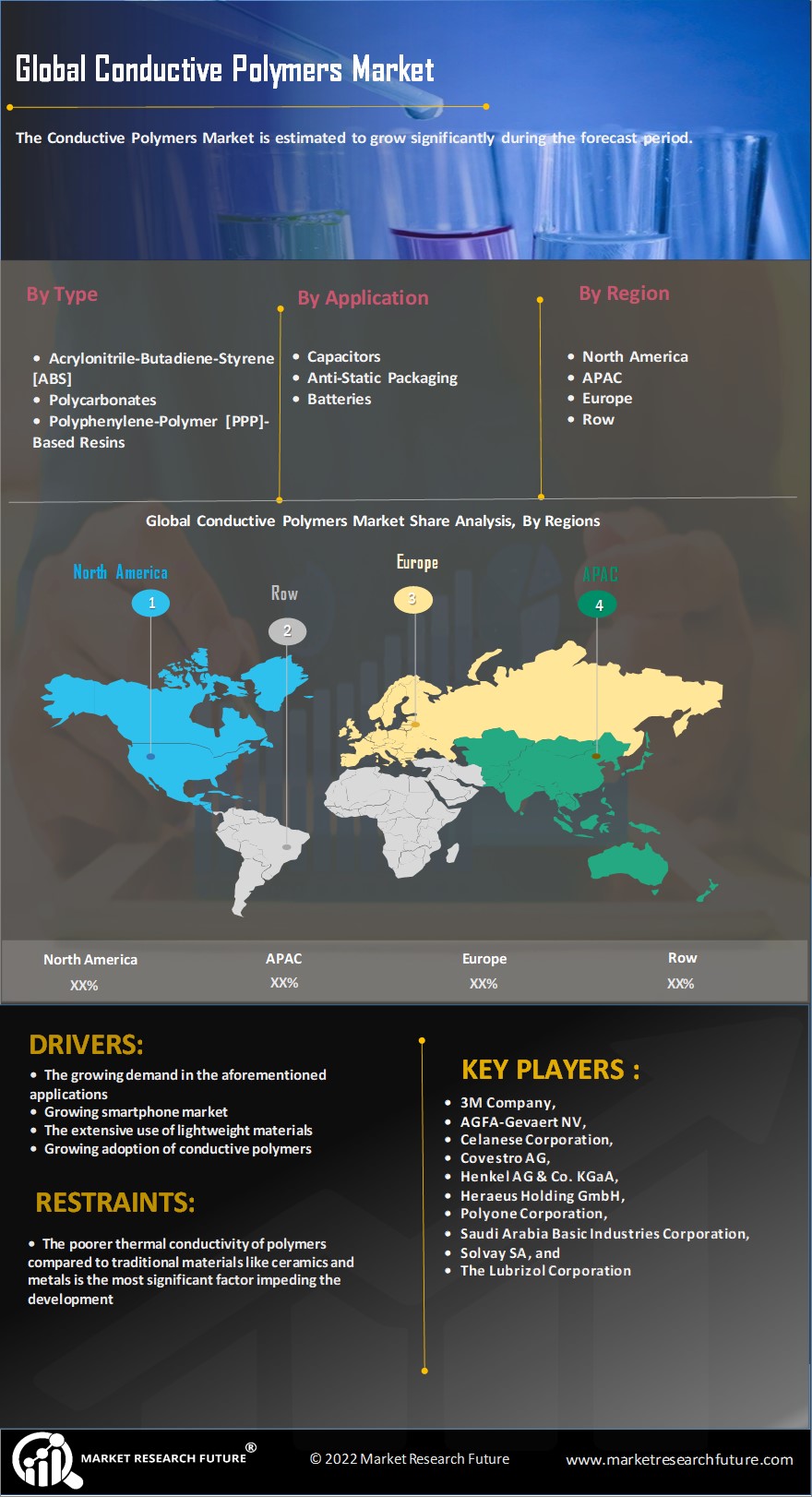

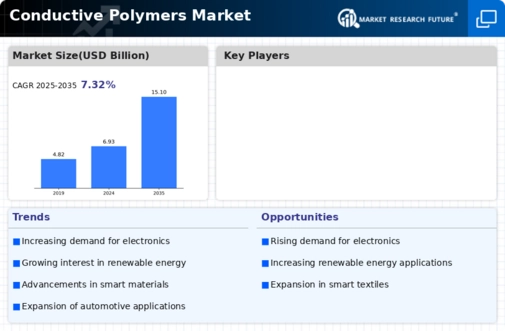
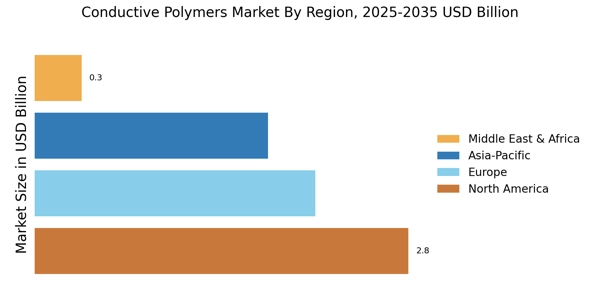
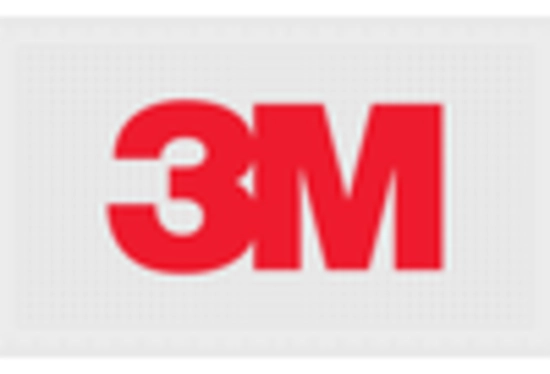


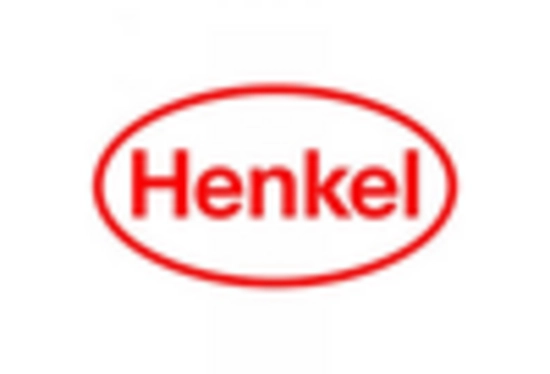

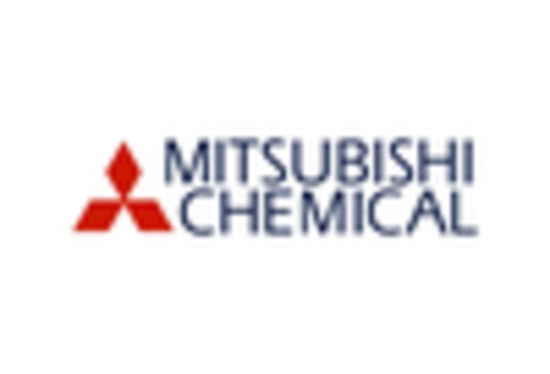








Leave a Comment